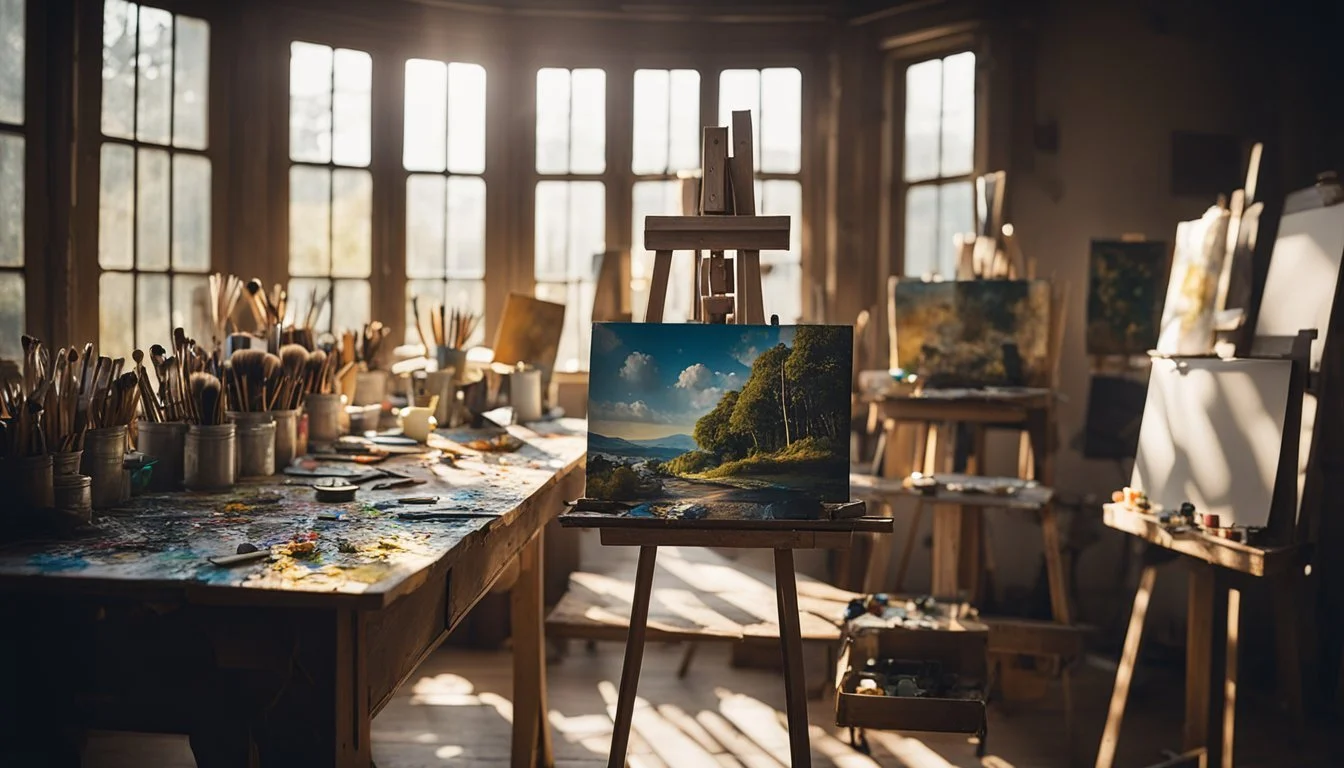Peter Greenaway: Blending Art and Documentary in Modern Cinema
Peter Greenaway, a British filmmaker born in Newport, Wales in 1942, masterfully blends art and documentary in his extensive body of work. His background in painting heavily influences his films, known for their intricate scenic compositions and dynamic interplay of light and shadow. Greenaway's ability to infuse cinematic expression with the principles of Renaissance and Baroque art sets him apart in the avant-garde cinema landscape.
Trained at the Walthamstow School of Art in London during the 1960s, Greenaway's early works were primarily short films, with "The Falls" being a notable example of his ambitious storytelling. His career trajectory took a turning point with the U.S. release of "The Draughtsman’s Contract" in 1983, which garnered significant attention and demonstrated his unique stylistic approach. This film, like many of his subsequent works, showcases his talent for merging the meticulousness of visual art with the narrative depth of documentary filmmaking.
Greenaway's later projects, including documentaries on American composers like John Cage and Meredith Monk, further emphasize his versatility and commitment to examining the intersections between different art forms. By continuously pushing the boundaries of traditional filmmaking, Peter Greenaway invites audiences to experience cinema as a multidimensional art form, where each frame is as thoughtfully crafted as a painting.
The Life of Peter Greenaway
Peter Greenaway, a renowned British director and artist, has carved a unique niche in the world of film by blending visual art with documentary storytelling. His journey from his early years to becoming an influential figure in cinema is marked by notable achievements and a persistent dedication to his craft.
Early Years and Education
Peter Greenaway was born on April 5, 1942, in Newport, Wales. His father worked as a builder’s merchant and was an ornithologist, while his mother was a teacher.
After World War II, the family relocated to Essex, England. Greenaway's early interest in art led him to study at Walthamstow School of Art in London during the early 1960s. Trained initially as a painter, he held his first art exhibition in 1964, establishing a foundation that would later inform his approach to filmmaking.
Career Beginnings
Greenaway's career in film began after he was rejected by the Royal College of Art's film program. Instead, he found work at the Central Office of Information, a British governmental body responsible for marketing and publicity.
Here, Greenaway gained considerable experience working on documentaries, which helped him develop a distinctive style. He transitioned into making short films, with his early works displaying a keen eye for visual composition, a trait that would become synonymous with his later feature films.
Major Achievements and Awards
Peter Greenaway's contributions to cinema are characterized by his unique visual style, heavily influenced by Renaissance and Baroque art. His noteworthy films include The Cook, the Thief, His Wife & Her Lover (1989) and Prospero's Books (1991), both of which showcase his meticulous attention to detail and thematic complexity.
Accolades and Recognition:
CBE: Greenaway was appointed Commander of the Order of the British Empire (CBE) for his contributions to film.
Retrospectives: His work has been celebrated in retrospectives such as the BFI's Frames of Mind series.
Greenaway continues to influence the world of cinema, blending his expertise in painting with his passion for storytelling, thereby creating a lasting legacy.
Artistic Style and Vision
Peter Greenaway, renowned for his unique blending of art and documentary, brings a distinct visual and narrative style to his films. His innovative use of technology further sets his work apart in the realm of cinema.
Visual Aesthetics
Greenaway's films are characterized by their meticulous visual composition. Drawing heavily from Renaissance and Baroque painting, his work showcases intricate scenic compositions and rich, detailed imagery.
Contrast is a key element, often evident in the juxtaposition of costume and nudity, nature and architecture, and furniture and people.
His film, Goltzius and the Pelican Company, for instance, echoes the art of its historical period. The deliberate use of light and shadow, coupled with vibrant colors, makes his movies visually striking. Every frame appears as a carefully composed painting, emphasizing symmetry and balance.
Narrative Techniques
Greenaway's narrative style often challenges conventional storytelling. He frequently incorporates themes of art, history, and literature, weaving complex narratives that require active engagement from the audience.
In A Zed & Two Noughts, for example, he explores grief and decay through the story of twin zoologists.
The narrative structure is non-linear, with multiple subplots unfolding simultaneously. This technique invites viewers to piece together the story, enhancing the depth and richness of the viewing experience. His dialogue is often dense and poetic, adding layers of meaning to the visual and thematic elements.
Innovative Use of Technology
Greenaway has always been at the forefront of integrating new technologies into his filmmaking. He utilizes advanced techniques in editing, digital effects, and interactive media to enhance storytelling.
One notable example is The Tulse Luper Suitcases trilogy, where he employs multi-perspective shots and overlapping visual elements.
His innovative approach includes interactive installations and multimedia projects, pushing the boundaries of traditional cinema. Greenaway's work frequently blurs the lines between film, theater, and digital art, using technology not just as a tool but as a fundamental component of his artistic expression. This seamless integration creates a rich, immersive experience for the viewer.



